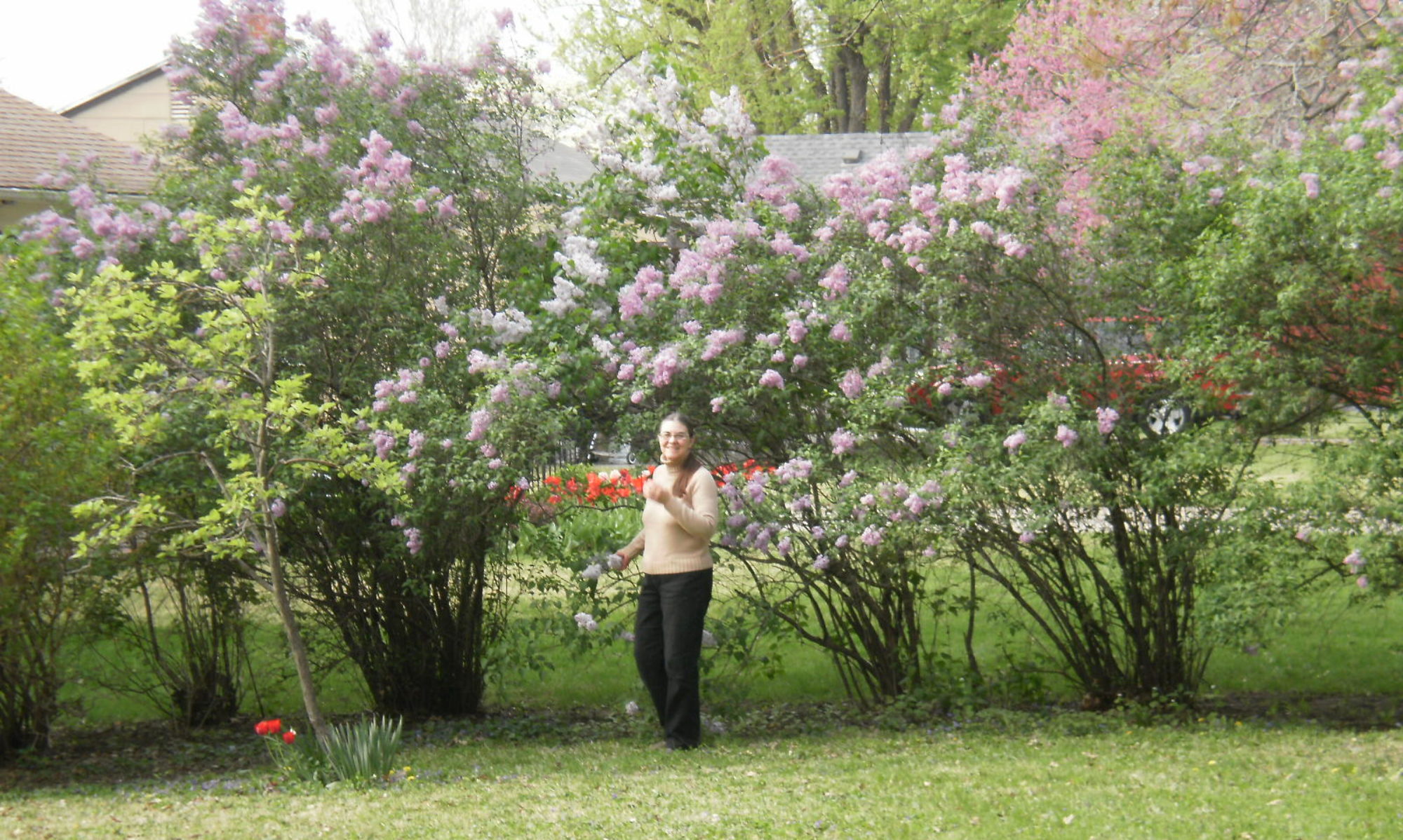I’ve lived in the same house for about thirty-two years. During that time, the park across the street has lost a lot of trees to old age, storm damage, and other causes. Also during that time, none of those trees have been replaced. I took it upon myself to write a letter to the parks department suggesting they might want to plant a few trees, you know, for shade and beauty and the environment. I didn’t expect anything to happen, so imagine my surprise when this spring, people and equipment appeared and planted forty new trees. I know because I walked around and counted them. Best of all, they seem to be entirely native species. Mind you, I might have made slightly different choices, including some chokecherries and hickories, but in all, I’d say they did a pretty good job. I look forward to watching that edited version of the park over the next several years as those trees grow.
I would like to have a native forest garden on my property with Missouri fruit and nut trees and shrubs and a few things introduced from other parts of the U.S. like ramps and wild ginger. But a certain amount of tending and editing is required to stay ahead of the conquering hoards of plants brought by accident or design from other continents.
I have personally declared war on the invasive species in my yard. Fortunately, I can eat the garlic mustard, so it’s not wasted, but when it’s gone, I won’t shed a tear. The problem with invasives is they squeeze out native species and in some cases are a poor substitute for the native plants. Number one on my hit list is Chinese honeysuckle. It’s everywhere, hard to kill, quick to spread, and some people actually plant it on purpose. There was a time I was willing to let it live because it is a shrub that allows cover and nesting for birds and has little red berries that they will eat. Then I found out the berries are relatively nutritionally poor. Add to the that, the plants are a bit thin and therefore not as good cover as other plants are. On top of that, it starts growing up in other shrubs and, out competing them, kills them off and is the only plant standing. End of my compassion. You die, honeysuckle.
Even the desert needs help. You may have heard of the threat buffelgrass presents to the saguaro cactus and the desert habitat. Without an army of volunteers, habitats could vanish in a blaze of wildfires that benefit the invasive buffelgrass and not much else in the Arizona landscape.
I’m not saying all introduced species are bad. Apple trees didn’t come from North America, but who doesn’t love an apple? And it goes both ways. The fruits and vegetables from the Americas have become essential to the cuisines of many countries around the world. But when I can, I’m trying to keep it local. And that requires constant editing out of things that would overwhelm my garden.
Let me bring this back around to writing, if I may. I’ve been doing a bit of editing for a friend who is in the process of finishing up yet another novel (Dennis seems prolific to me, but it usually takes me years to write a novel). One of the things I notice about writers, I am a perfect example, is that in some early drafts, certain phrases or words pop up again and again, pushing out other, possibly better words. I know this because my writing is full of these, and I have to weed them out when I’m reviewing my own work. It took a good editor to point this out to me, and I’ve been trying to share the wisdom when I can. That said, some writers are better at self editing than others, and Dennis is one of them. He leaves me little to do.
So, my friends, whether it’s writing or gardening, tend to your editing. Keep the weeds to a limit, but know that sometimes a weed is just a plant–or a word–that isn’t in the right place.
Happy gardening. Happy writing. Happy May Day.
Image: Chinese honeysuckle rising from the dead to kill my shrubs. By Marilyn Evans










